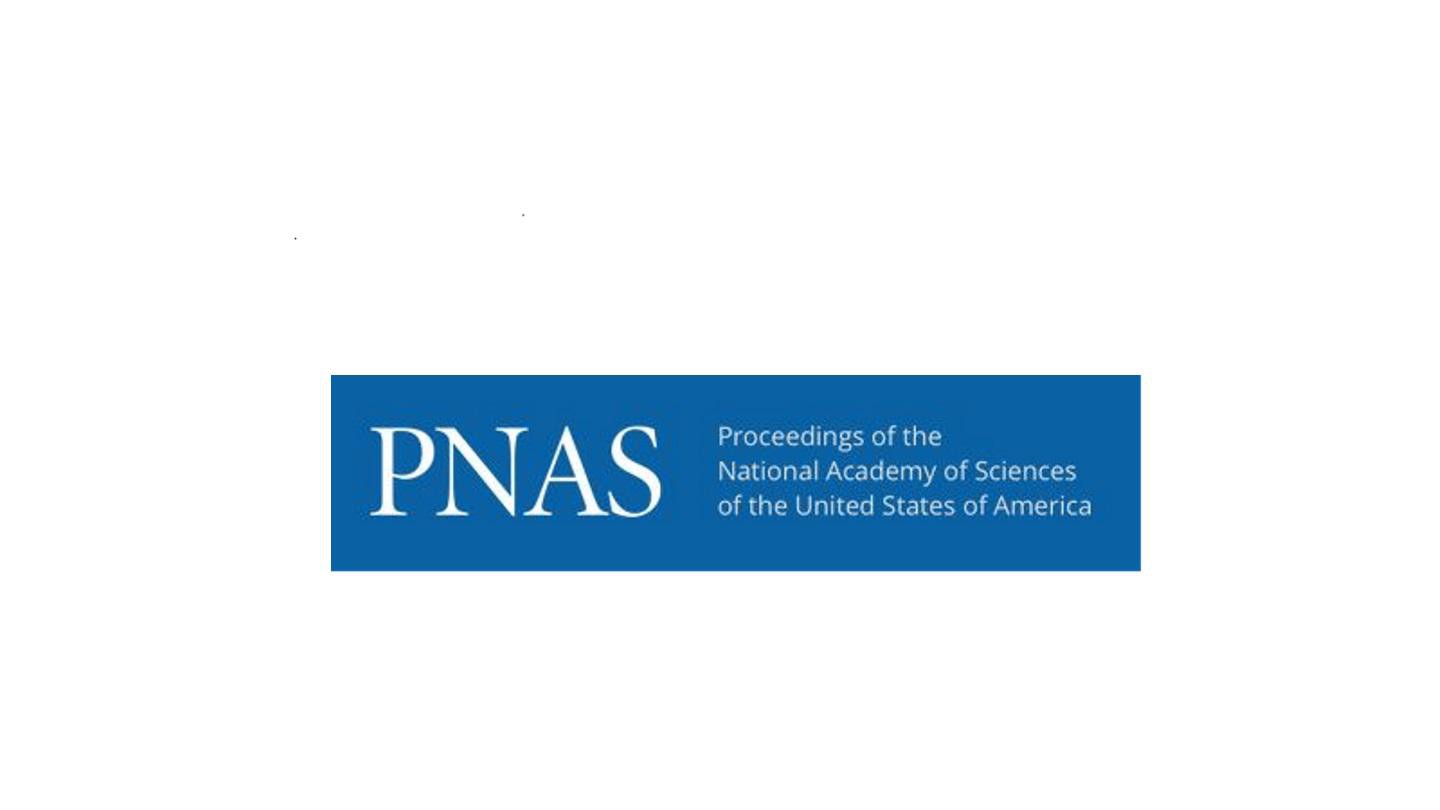


It is interesting (maybe) to note that this ancient house of PNAS has a system there which is pretty similar to what has been recently proposed as a disruptive innovation in scientific publishing by Jan Velterop and implemented by ScienceOpen, i.e. the class is quite ugly.The first one is that PRO at ScienceOpen is open to everyone, not just National Academy members. tex as egreg did for \bib*font or else the ones in the pnastwo class will take effect and look ugly, (ii) edit the pnaftwof package or (iii) edit the frutiger and font definitions in the pnaftwo class and ditch the pnaftwof package. So you have to either (i) redo those defs manually in the. in the sense that using any of these will result in the string displayed in roman font, rather than helvetica (serif).Įgreg's solution addresses the references problem but figure captions, footnotes, abstract, title, author names, etc., all will still suffer as they use different font deifnitions (based on frutiger defs). It defines multiple font names for different sizes and styles instead of a family, which breaks the usage of \textit, \textbf, \em, \it, \bf etc. The pnastwo class also defines frutiger fonts (links to helvetica) and then definitions based on them. It would be ideal to ditch the pnastwof altogether but that's not so trivial. This then fixes the references accents issue.Īs egreg also states in his answer, the class and package are pretty badly written. They should be phvr*8t instead of phvr*: %% Karl Berry Names: The font name for the helvetica font suggested by PNAS are actually wrong. tex file: \documentclass 1(1):1-10.Īfter more digging, I worked out a solution which allows using the pnastwof package. I use the PNAS template and compile with pdflatex under MacOSX 10.9.2 and MacTeX 2013 or 2014 (tried both).


 0 kommentar(er)
0 kommentar(er)
